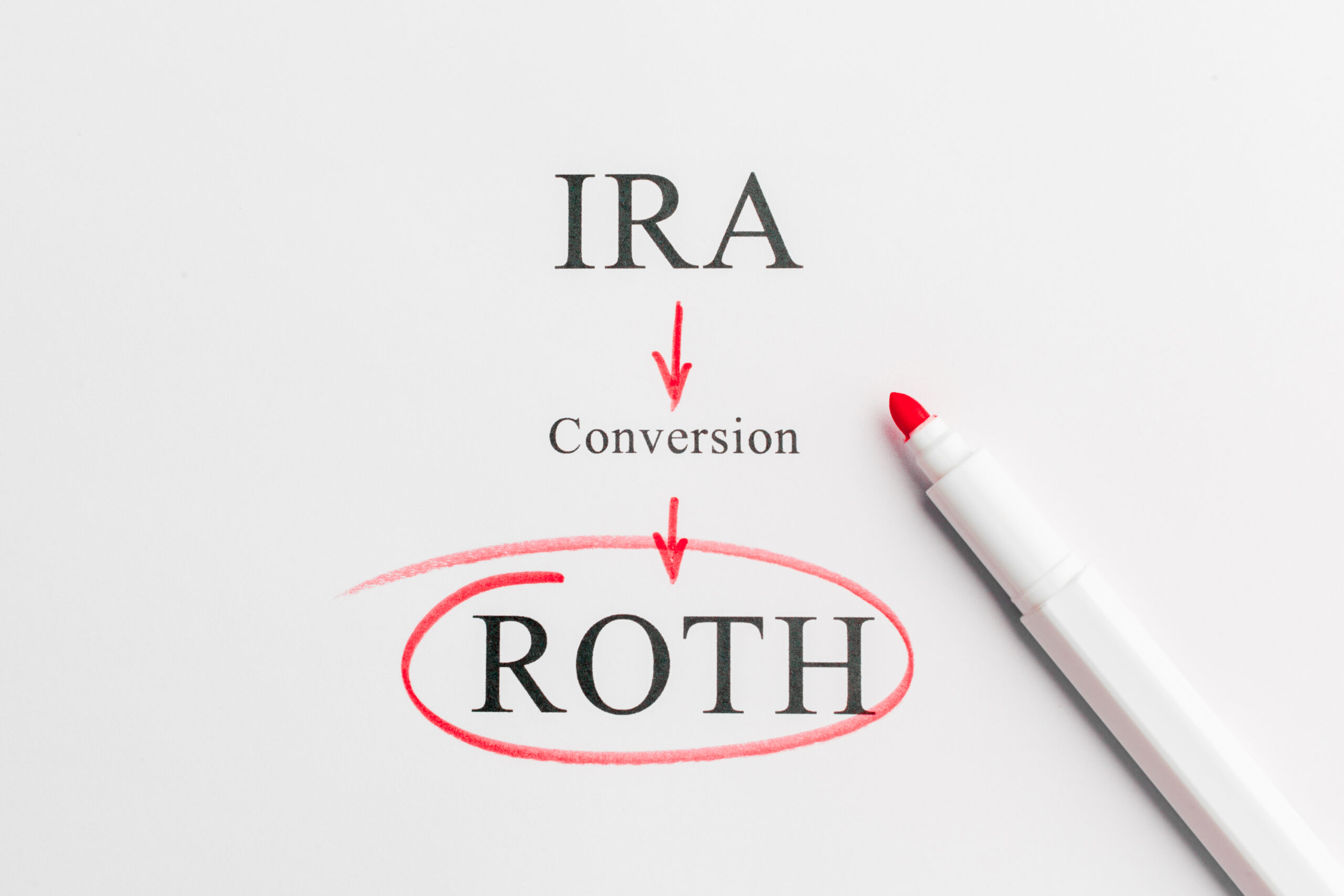Let’s talk about some strategies you can use to leave more money to your kids, and less money to your “Uncle (Sam).
Understanding the 10-Year Rule for IRA Beneficiaries
Firstly, it’s vital to understand the 10-year withdrawal rule that applies to non-spousal IRA beneficiaries. This rule requires your children to withdraw the entire balance of the inherited IRA within ten years after your death. If your children are in a higher tax bracket, these withdrawals could result in a significant tax liability.
Strategy 1: Consider Roth Conversions
One effective strategy is converting parts of your traditional IRA to a Roth IRA. Although this leads to paying taxes now, it could save money in the long run. Roth IRAs offer tax-free growth and withdrawals, and there are no RMDs for the original owner. When your children inherit a Roth IRA, they still need to adhere to the 10-year withdrawal rule, but these withdrawals are typically tax-free.
Strategy 2: Accelerate Distributions
If Roth conversions don’t suit your situation, another strategy is to take distributions larger than your RMDs while you’re in a lower tax bracket. This method reduces the size of your IRA, thereby decreasing the taxable amount your children would inherit. Be mindful, though, as this could increase your current tax bill and may affect your Medicare premiums and taxation of Social Security benefits.
Strategy 3: Charitable Contributions
If you’re charitably inclined, consider using your IRA to make qualified charitable distributions (QCDs). QCDs can count toward your RMD and aren’t included in your taxable income. This not only reduces your IRA balance but also helps fulfill any philanthropic goals without incurring additional taxes.
Strategy 4: Life Insurance as a Tax Strategy
A somewhat unconventional but effective strategy involves using IRA distributions to fund a life insurance policy. The death benefit from the insurance can be tax-free to your beneficiaries, potentially providing a more tax-efficient inheritance than the traditional IRA itself.
Consult with a Professional
Each of these strategies has its nuances and tax implications. It’s crucial to consult with a financial advisor or tax professional to understand how these strategies align with your overall retirement and estate planning goals.
Conclusion
You can enjoy your golden years while ensuring that your financial legacy is passed on efficiently. By considering strategies like Roth conversions, accelerating distributions, charitable contributions, or life insurance funding, you can potentially reduce the tax burden on your IRA assets for your high-income children. Remember, proactive planning is key to maximizing the impact of your retirement assets.






